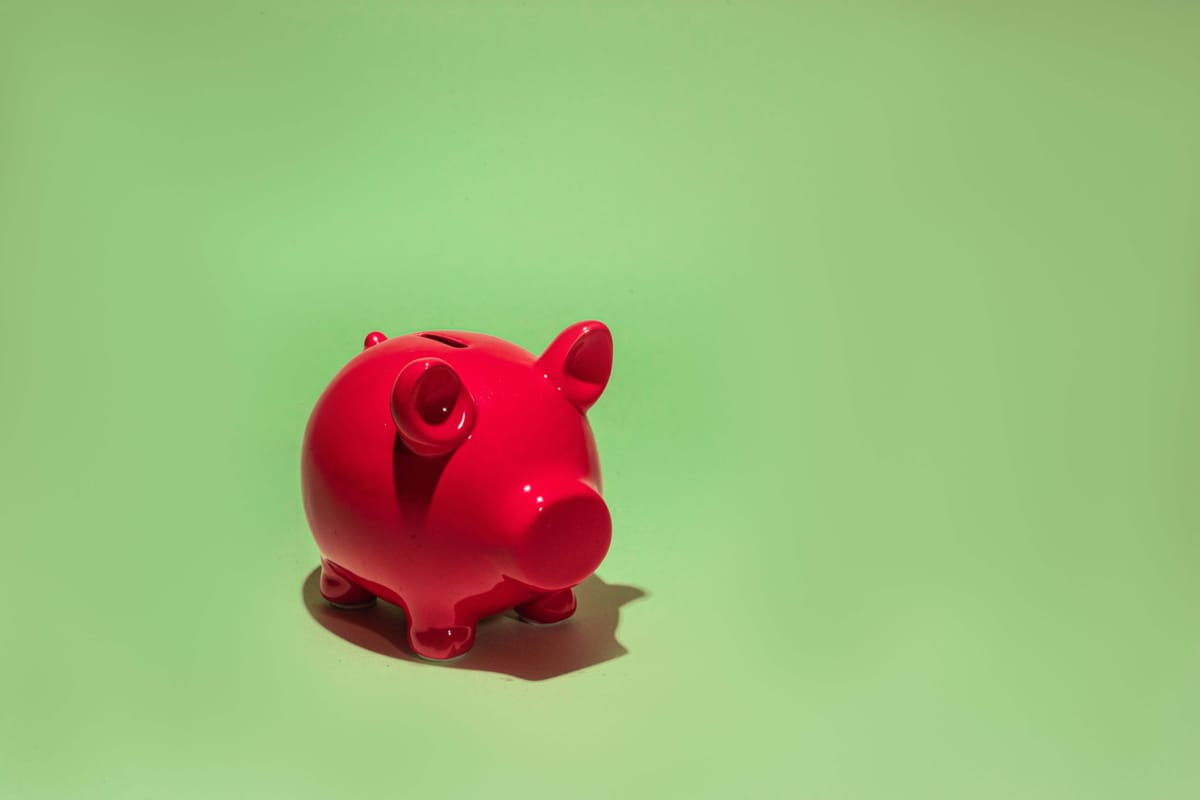Oftentimes, companies discount the price of their products to drive sales; in fact, research conducted in recent years has confirmed discounting is the top pricing strategy for retailers across all sectors.
Although discounting your product can increase your customer base and generate additional income, there are also times when this method can be counterproductive; the strategy can reduce your profit margins or attract negative personas.
Conversely, there are some instances when it’s necessary to raise the price of your product. While it may seem like a risky tactic, there are ways in which you can introduce new pricing parameters without alienating customers and increasing churn rates.
Things to consider when raising prices
Whether you’re raising the price of an established product, or amending the cost of a relatively new offering, it’s important to remember you’re not bucking the trend - it isn’t uncommon for companies to reevaluate their costs. However, there are important things to consider if you decide to raise your prices.
Offer value to your customers
Put yourself in the shoes of your customers and ask yourself: if pricing increased, would you expect more, the same, or less?
If you’re bumping up the costs for your customers, you need to give them something extra in return - undoubted value needs to be attributed to your increase.
The acid test? If a customer contacted you and demanded to know why they’re paying more, you should be able to say unequivocally, “following our price increase, you’re getting X, Y, Z.” Offer no doubts or uncertainty as to what they stand to receive in return.

Use introductory pricing
Introductory pricing does exactly what it says on the tin: it’s an initial price point that’s used by a company to establish a market share. Prices are then increased when the product has established itself in the field.
Also referred to as a ‘first-time special offer’, introductory pricing is an effective way to increase pricing as its unambiguous nature sets customer expectations. I.e. ‘the product price is temporary, and is subject to change.’
Therefore, when the time does come to raise the price, your customers can’t say they weren’t given a prior warning - the signs were there in black and white, all along.
Offer current price lock-in
If your product is in constant phases of development and introducing a breadth of brand-new features, pricing will inevitably increase.
Let’s use a hypothetical example involving Apple, in which the company enters the video game market and releases a console to rival Sony and Microsoft.
Initially, the product may accommodate three core features that users would come to expect from a console: offline gaming, internet access, and online gaming.
However, six months down the line, imagine Apple announcing a pioneering addition to its pay-monthly, live gaming feature that isn’t provided by Playstation and Xbox.
In this case, the product would have a distinguishable USP, giving the company reasonable cause to raise the price for monthly subscriptions. After all, gamers wouldn’t be able to experience Apple’s cutting-edge technology elsewhere - it’s a market exclusive.
This is where the current price lock-in comes into play. Apple could offer existing users the option of ‘locking in’ to the current price plan for a prolonged period, and in return, the customer’s protected from the hike in price - they can enjoy the new feature at the same price.

Be decisive
The best product marketers have the courage of their convictions to make important decisions, and the decision to raise product prices isn’t to be taken lightly.
When you’re making changes to your price, there’s a fine line between being decisive and being reckless. So, before you implement any drastic changes, conduct your research and establish how much you can raise your prices.
If you overestimate how much your customer is willing to pay, you could well find yourself trying to reactivate churned customers, which is no easy feat.
Be honest
Customers buy products from companies they know, like, and trust.
If one of these three principles is damaged, your relationship with the customer can be tarnished. If they feel as though they don’t know you and can’t identify with your brand, they won’t like you. And if they like you, they won’t trust you.
Honesty is one of the most important qualities in business. Without it, you’re setting yourself up for failure, and the same applies when you’re raising your pricing. Be upfront, leave no questions asked, and tell them why the change has been made.
Just remember: lying to your customers and making empty promises about what’s coming their way never worked for anybody. If they’re told the hike has been introduced to fund a new, non-existent feature, rest assured, they’ll find out they’ve been tricked sooner or later.

Gradually increase prices
It isn’t uncommon for companies to raise the cost of their products in one fell swoop, but again, put yourself in the shoes of the customer to understand how this can be problematic for your user/subscriber.
For example, a customer may sign up for a budget gym for $30 per month. Then, the gymnasium may open a state-of-the-art swimming pool, steam room, and sauna, prompting the club to increase membership prices to $50 per month, to cover the costs.
While access to premium facilities for an additional $20 is reasonable, the price increase may be too much for a member to pay straight away. Instead, the impact can be lessened by increasing the price for existing memberships at a gradual rate across three months:
- After month one, the membership could increase to $40,
- After month two, membership could increase to $45, and
- After month three, the membership will be set at the new rate of $50.
The incremental increase allows the customer to realign their budget to accommodate the new costs of their membership and improves customer retention.
Apply astute pricing strategies
The slightest price increase can prompt a customer to run a mile - but you can keep them on board by pricing shrewdly.
For example, if your company sells apparel to local sports teams and a 10-pack of shorts retails for $100 but you need to raise the price to $120, the additional $20 could initially be deemed as an unreasonable raise by your customer.
However, if you create different-sized packages, such as a five-pack for $70, this makes the ten-pack seem like a preferable option, even at the new, higher price.
Improve your product/service
It’s fair to say that nobody wants to pay more money for something that hasn’t changed at all. But if the product/service has been improved, you have justification for increasing the price from the offset.
For example, let’s say a customer is paying $50 per month for their cable TV subscription. Their package includes sixty channels, twenty of which are gated sports and movie channels.
The cable TV provider wants to increase the monthly subscription to $70 per month and they have two options:
- Offer the same amount of channels at an increased price, or
- Increase the price but give their customers access to sports and movie channels.
The first option holds no appeal for the customer; they’re being asked to pay more money, with no incentive. However, while the second option is more expensive, the overall service is better; they receive premium channels as part of their updated subscription.
Offer discounts
When your prices increase, you can’t keep every single one of your customers happy, particularly customers who are more economically minded.
While a degree of customer churn is inevitable, you can improve your customer retention by introducing discounts to your customers to negate the price increase.
Your customers with one eye on their spending will be more than happy to use a discount code, while customers who aren’t necessarily too fussed about a slight price increase will pay your new price anyway. Either way, a significant proportion of your customers will be paying full price.
Join our Slack community to chat about topics such as product pricing, network with your peers, and stay on top of the latest in developer marketing.






